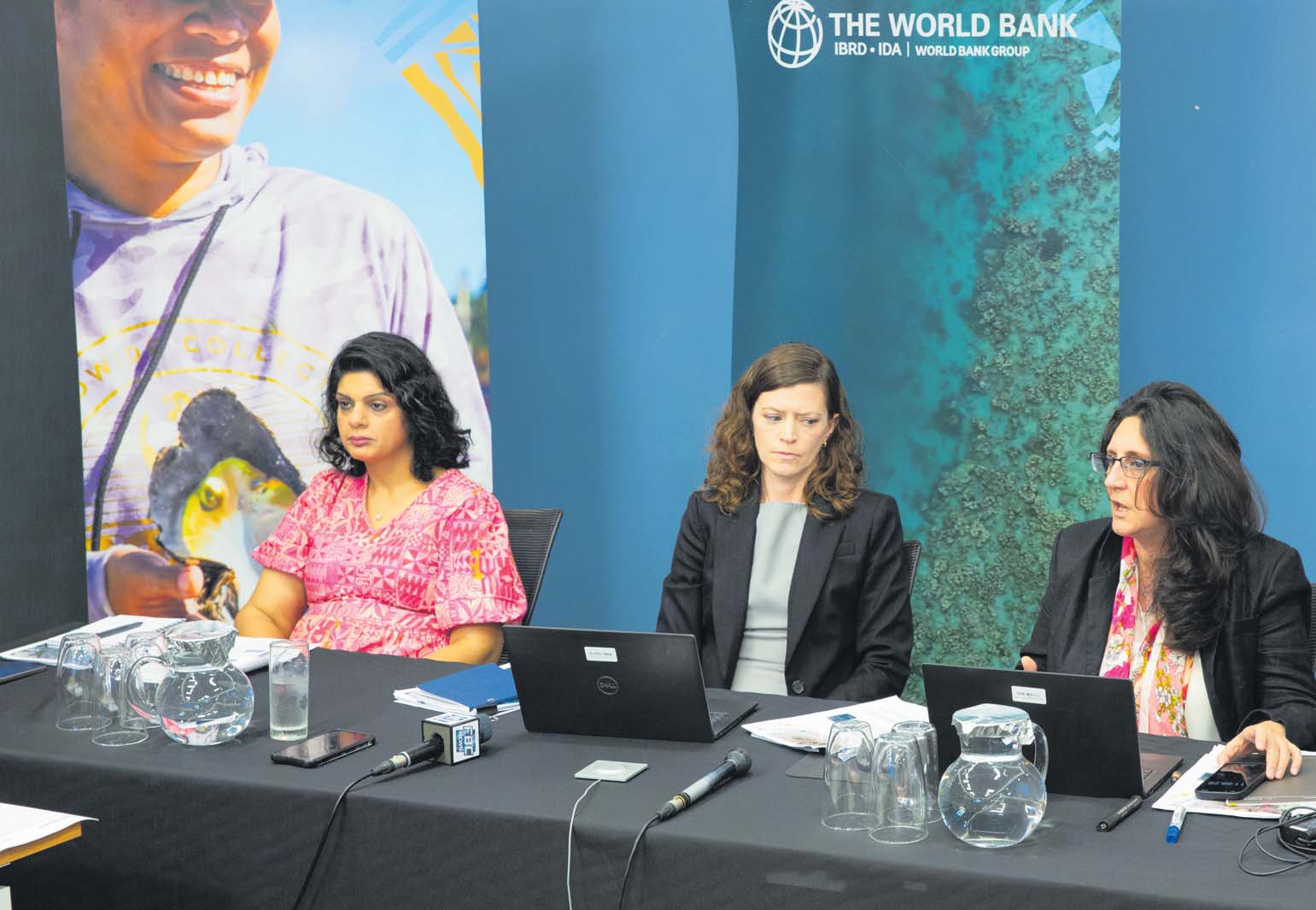ABOUT half a million working age Pacific women are currently outside the labour force and are nearly invisible in many subsectors, according to the World Bank’s latest Pacific Economic Update released this week.
Closing these gaps, it said, could significantly increase household incomes, support private sector growth and strengthen long-term fiscal sustainability.
With economic growth slowing across the Pacific as countries face weak global growth, natural hazards and climate related shocks, the World Bank said Pacific countries are also presented with a major opportunity to boost long-term resilience and growth by increasing women’s participation in the workforce.
“While Pacific nations can’t control global shocks, there is an opportunity to build stronger domestic foundations,” senior World Bank economist Ekaterine Vashakmadze said.
“Real economic reliance will come from addressing these long-standing challenges through structural reforms.
“Engaging more women in work is one of the highest-impact reforms Pacific governments can pursue.”
The economic update, titled: Employ Women, Empower the Pacific: A strategy for Uncertain Times, with a special report on women’s economic potentials, noted that on average, “just 42.7 per cent of working-age women are active in Pacific labour markets…meaning
57.3per cent, or around 516,000 of the sub-region’s working-age women are out of the labour force”.
“This is more than 15 percentage points lower than male participation.
“Closing this gap could raise long-run GDP per capita by over 20 per cent on average across the region.”
The World Bank highlighted numerous barriers preventing women’s participation in the Pacific labour market, among them, the absence of formal institutions to support their participation and the lack of comprehensive family-friendly policies including affordable quality childcare, adequate maternity leave and structured re-entry programs for women returning to work after childbirth.
Note: This article was first published on the print version of the Fiji Times dated June 19, 2025



